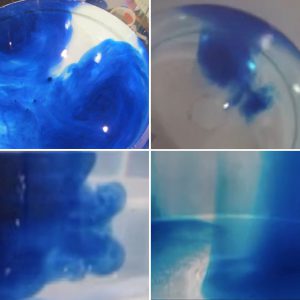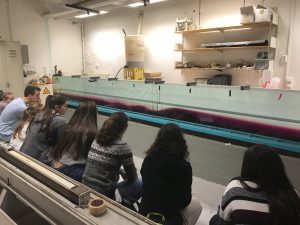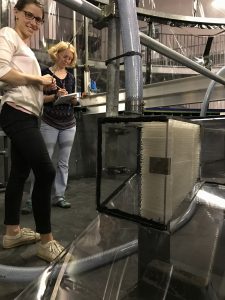
Why do we need a rotating tank to study ocean and atmosphere dynamics? A demonstration
For our project “Ocean currents in a tank: From dry theory to juicy reality“, Torge, Joke and I are working on building affordable rotating tanks to use in Torge’s Bachelor…


